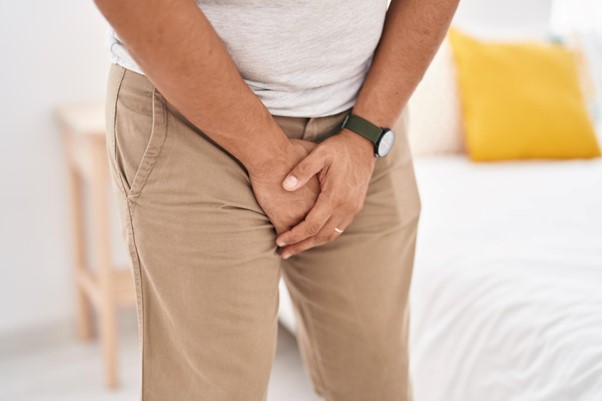Introduction to BPH
BPH, or benign prostatic hyperplasia, is a common condition in men. It means the prostate gland grows larger than normal. While BPH is not cancer, it can cause problems with urination. Many men over 50 experience BPH. Because it is so common, knowing the signs and treatment options is important. In this blog, you will learn about BPH, its symptoms, causes, diagnosis, and ways to manage it.
What is Benign Prostatic Hyperplasia?
BPH stands for benign prostatic hyperplasia. The prostate is a small gland below the bladder in men. It helps make fluid for semen. As men age, the prostate can grow larger. This growth is called BPH or enlarged prostate. Although BPH is not cancer, it can press on the urethra. The urethra is the tube that carries urine out of the body. Because of this pressure, BPH can make urination harder.
Common Symptoms of BPH
Many men with BPH notice changes in how they urinate. However, symptoms can vary from person to person. Some common signs include:Needing to urinate more often, especially at nightHaving trouble starting to urinateWeak or slow urine streamFeeling like the bladder is not empty after urinatingStopping and starting several times while urinatingSudden urge to urinate
Because these symptoms can affect daily life, it is important to talk to a doctor if you notice them.
Causes and Risk Factors for BPH
Doctors do not know the exact cause of BPH. However, age is the biggest risk factor. As men get older, their hormone levels change. These changes may cause the prostate to grow. Other risk factors include:Family history of BPH or prostate problemsObesity or lack of physical activityHeart disease or diabetesUnhealthy diet
Because BPH is not cancer, it does not increase your risk for prostate cancer. Still, both conditions can happen at the same time.
How is BPH Diagnosed?
Doctors use several methods to diagnose BPH. First, they ask about your symptoms and health history. Next, they may do a physical exam. Often, a doctor will check the prostate by feeling it through the rectum. This is called a digital rectal exam. Other tests may include:Urine tests to rule out infectionBlood tests to check kidney functionProstate-specific antigen (PSA) testUltrasound to measure prostate sizeUroflowmetry to check urine flow
Because symptoms of BPH can be like other problems, these tests help find the right cause.
Treatment Options for BPH
Treatment for BPH depends on how bad the symptoms are. Sometimes, mild cases need only regular check-ups. However, if symptoms bother you, there are several options:
Medical Treatments
Medications: Doctors may prescribe pills to relax the prostate or shrink it. These include alpha-blockers and 5-alpha reductase inhibitors.Minimally invasive procedures: Some treatments use heat, lasers, or steam to reduce prostate size.Surgery: In severe cases, surgery may remove part of the prostate. The most common surgery is called TURP (transurethral resection of the prostate).
Lifestyle Changes
Limit drinks in the evening, especially caffeine and alcoholGo to the bathroom when you first feel the urgeStay active with regular exerciseEat a healthy diet with fruits and vegetablesMaintain a healthy weight
Because each person is different, your doctor will help choose the best treatment for you.
Prevention Tips and Lifestyle Guidance
While you cannot always prevent BPH, healthy habits can lower your risk. For example, staying active and eating well can help. Here are some tips:Exercise most days of the weekEat less red meat and more plant-based foodsDrink enough water, but avoid too much at nightLimit caffeine and alcoholSee your doctor for regular check-ups
Because early action can help, talk to your doctor if you notice any urinary changes.
Conclusion
BPH, or benign prostatic hyperplasia, is a common cause of urinary problems in men. However, many treatments and lifestyle changes can help. If you have symptoms of an enlarged prostate, do not wait. Consult a urologist for personalized advice about BPH.

